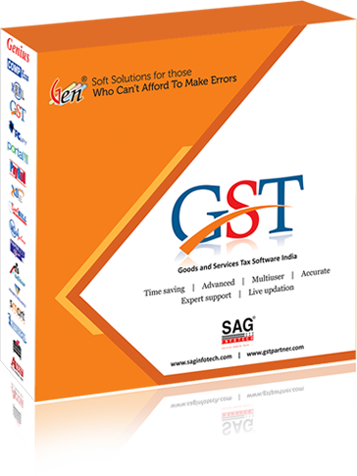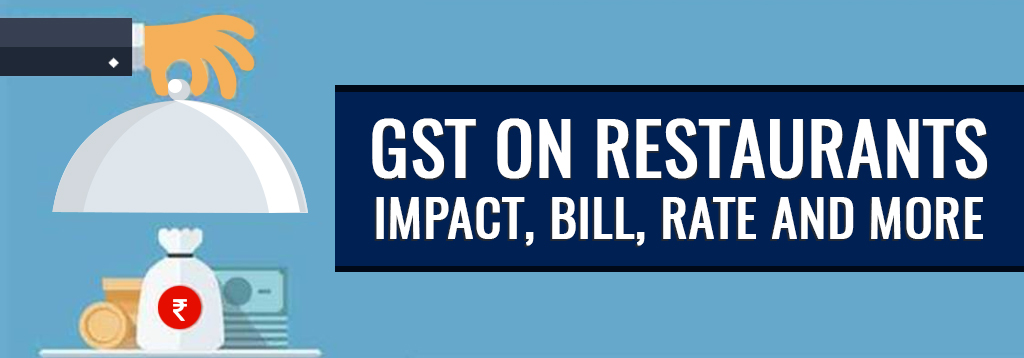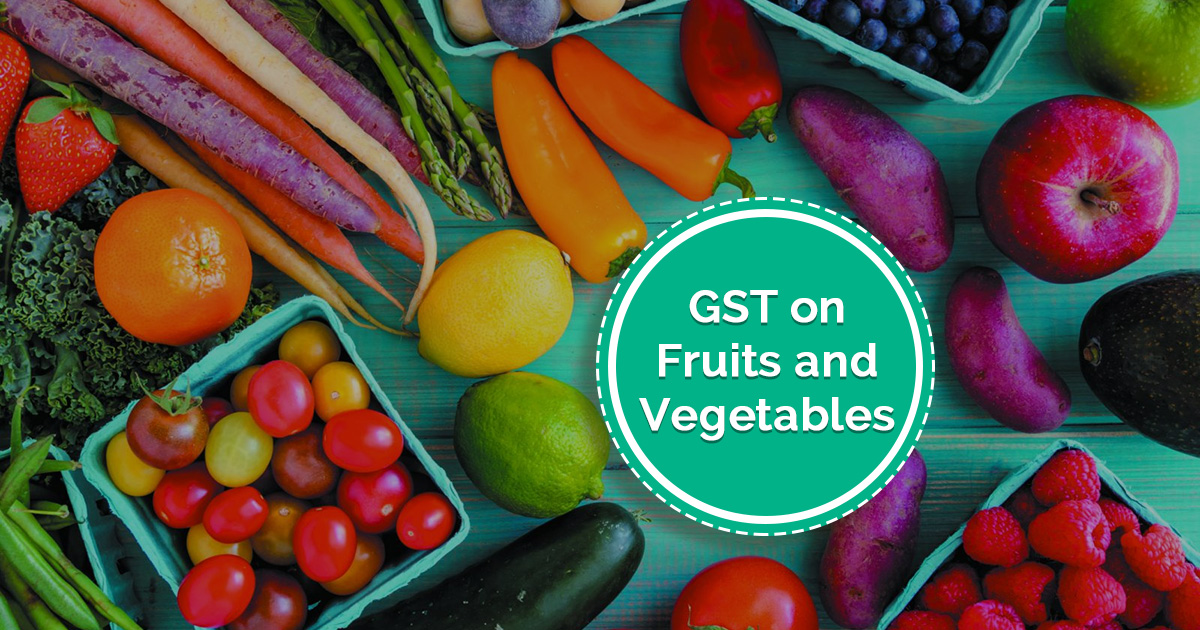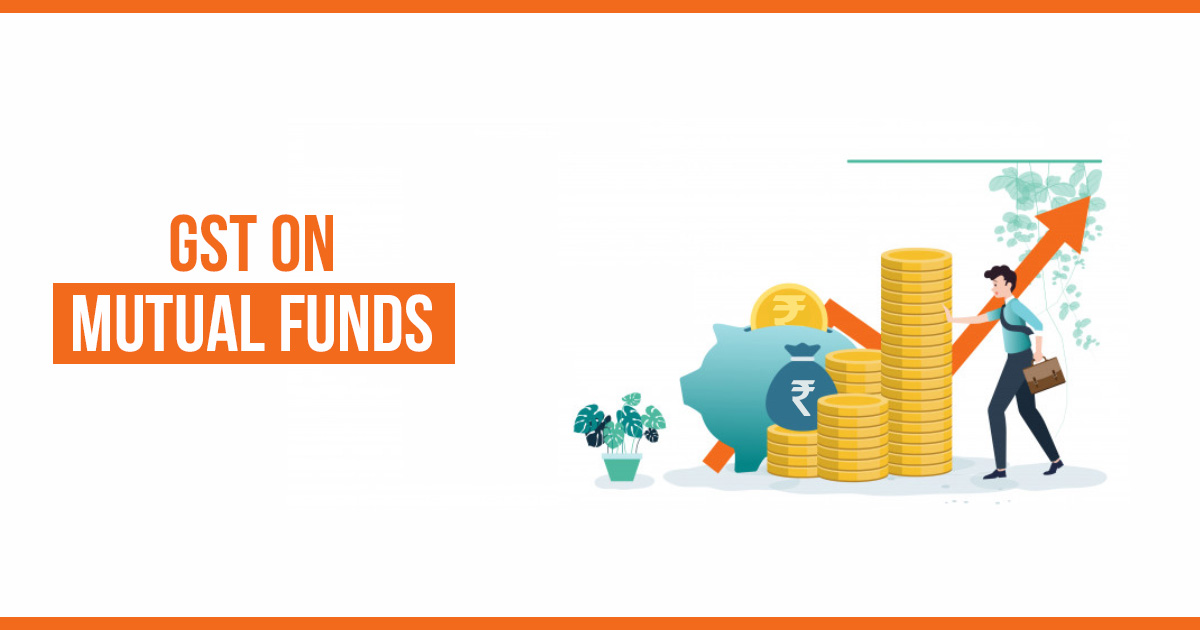If you want to read about GST on restaurant then this post is certainly for you. Here in this guide, you will see the impact of GST on restaurants, before-after GST billing rates in India and more.
Since after the implementation of GST (Goods & Services Tax) in India, people have been wondering how the new tax system is going to affect their daily chores and cost of various items and services.
One of the most important of these items is food. GST has certainly affected the prices of the basic food items like milk and eggs, and it will also affect your restaurant bills and other eating out costs.
Let’s discuss the GST on restaurant meals and bills, impact of GST on restaurants and consumers and everything else.
Before GST, most of us consumers were not even paying much attention to the tax amount being charged on restaurant bills. But GST has created kind of a revolution due to which each consumer is worried about the tax amount he/she is paying for various services and items and therefore, everyone now seems to be checking the bills to find out the GST rates and the amount they are paying.
The same is true for GST on restaurant bills. In order to be able to avoid paying more tax on your food bills, you must know about the GST rates and rules applicable to the food and restaurant services.
Contents
GST on Restaurant Bill India
Before GST, a normal restaurant bill used to attract the following taxes over the food value.
- Service Tax is the tax charged on the service part – 6%
- VAT is charged directly on the food value of the bill – 14.5%
- Service Charge (10%) is added by the restaurants for their own pocket. It doesn’t go to the government.
- Krishi Kalyan tax
- Swachh Bharat Cess
To conclude, the total tax being charged on your restaurant bill, before GST, was well above 20%, that if we do not include 10% service charge levied by the restaurants.
GST has, however, replaced all these taxes with one single tax which will now be levied on the total cost of food. The new revised GST rates for eating out is as below.
- Non-AC restaurants (Not serving alcohol) including roadside eateries and local delivery food services – 5% GST (2.5% CGST and 2.5% SGST)
- Non-AC restaurants (Serving alcohol) – 5% GST
- AC restaurants – 5% GST
- Partly AC and partly non-AC restaurants – 5% GST
- 5-star restaurants – 18% GST
The service charge is not banned but is made voluntary for consumers. That means the restaurant can still include it in the bill but consumers will pay it only if they wish to. (Kind of like a tip if they are pleased with the service).
The GST on grocery items like wheat, spices, oil, etc. has been reduced to 5% which is beneficial both for the owners and the consumers.
Impact on Consumers
Post-GST, you will now see a single tax GST (SGST & CGST) in your restaurant bill instead of all the previous services tax, VAT, etc. However, you can still see an additional service charge (of around 10%) added to the bill amount.
Remember that service charge is levied by the restaurant (and not by the government). It is voluntary for consumers and they do not have to pay this if they do not wish to.
Let’s understand this with an example:
Pre-GST: Suppose that you ate in an air-conditioned restaurant (serving alcohol) and your total food cost is Rs. 1,000. If the service charge (not the tax) is 10%, the cost becomes Rs. 1100. The actual tax will be levied on this amount.
If the service tax is 6% (Rs. 66), VAT is 14.5% (Rs. 159.5), Krishi Kalyan is 0.2% (Rs. 2.2) and Swachh Bharat Cess is also Rs. 2.2 then your final bill amount becomes Rs. 1329.90 (1100+ 66+ 159.5+ 2.2+ 2.2).
Post-GST: All these taxes are now replaced with a 5% GST tax. So, your restaurant bill will look something like this:
- Total cost: Rs. 1,000
- Service charge (10%): Rs. 100
- GST (5%)
- CGST 2.5%: Rs. 27.5
- SGST 2.5%: Rs. 27.5
- Total bill amount: Rs. 1155
So, you save around Rs. 175 on your restaurant bill after GST. In any case, your overall bill cost will reduce as compared to the previous tax system. So, it is a win situation for end consumers, and it is safe to say that GST on restaurant meals is beneficial for the consumers. But what about restaurant owners?
Impact of GST on Restaurants
Let’s see how GST will affect restaurants and their owners.
Restaurants will benefit from GST in the form of Input Tax Credit which they will be able to claim against the tax paid by them on the purchases of groceries from manufacturers and/or dealers. The previous tax regime provided no option for the restaurant owners to pay their service tax liability with the VAT credit received on goods consumption. However, in GST, the input credit can be used to pay the output liability.
The reduced GST rates will make the purchases cheaper, and the ITC mechanism will allow tax adjustment using input credit, thus reducing the weight on the pockets of restaurant owners and enhancing their working capital.
Although GST seems to be beneficial for both the consumers and the restaurant owners, many restaurants are practicing fault methods to charge more tax in the name of GST. Consumers are, therefore, required to be alert and mind the following things when paying GST on restaurant meals.
Things to check in your restaurant/food bills
Service Charge
In most cases, there will be a service charge included in the bill. It is voluntary, not levied by the government and consumers can refuse to pay the same.
GST for Restaurant in India
Make sure that you know the actual GST rates applicable to different types of restaurants and food service outlets in the country. Check the rates above.
SGST and CGST
SGST is paid to the state government while CGST goes to the Central government. This doesn’t mean that you are paying double taxes. You are paying only one GST, half of which goes to the Centre and the remaining half to the State.
Restaurant not eligible to charge GST
Restaurants and service providers are not eligible to charge GST from their customers in the following cases:
- Non-GST registered restaurants and/or restaurants with an annual turnover of less than 20 lakh.
- Restaurants registered under GST composition scheme
Consumers can check the GSTN number on the bill to make sure that the restaurant is registered under GST.
VAT on alcohol
Alcoholic drinks are out of GST over. So, if you are taking drinks along with food while eating in a restaurant, you will have to pay separate VAT on the amount of alcohol and GST on the cost of food.







What about purchases of fish,chicken,mutton and vegetables which do not come under GST hence the input is not available and the restaurant owner is in loss
These are Exempted goods. So No tax on them.
Any restaurant can charge more than the MRP? And can they charge GST above than MRP?
MRP includes all the taxes and sellers are not liable to charge more than MRP.
what is the beverages tax?
GST rate for non-alcoholic beverages – 5%
and for alcoholic beverages – 18%
Great Stuff !!
As per recent notification on 14/11/2017 standalone restaurants are taxable @ 5%.
Keep up the good work.
Cheers